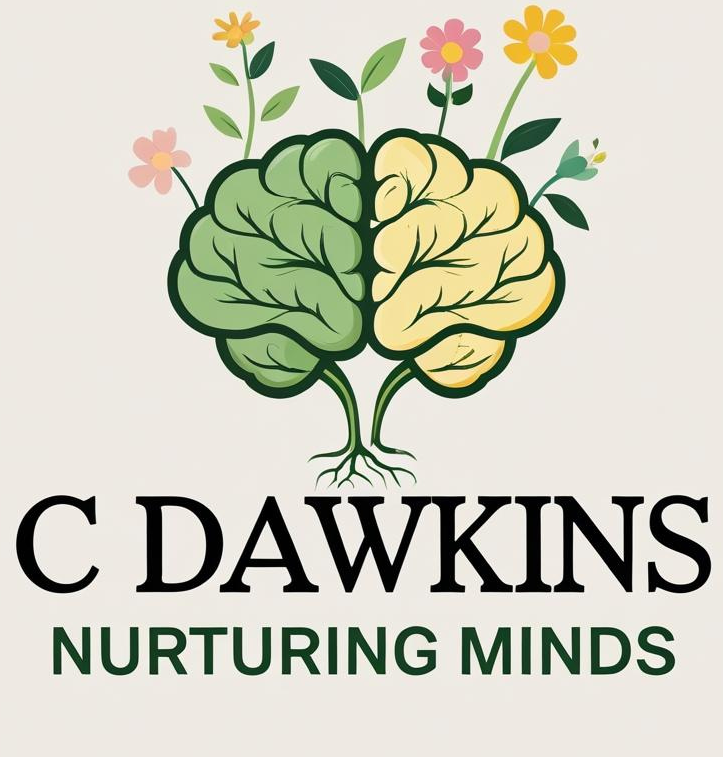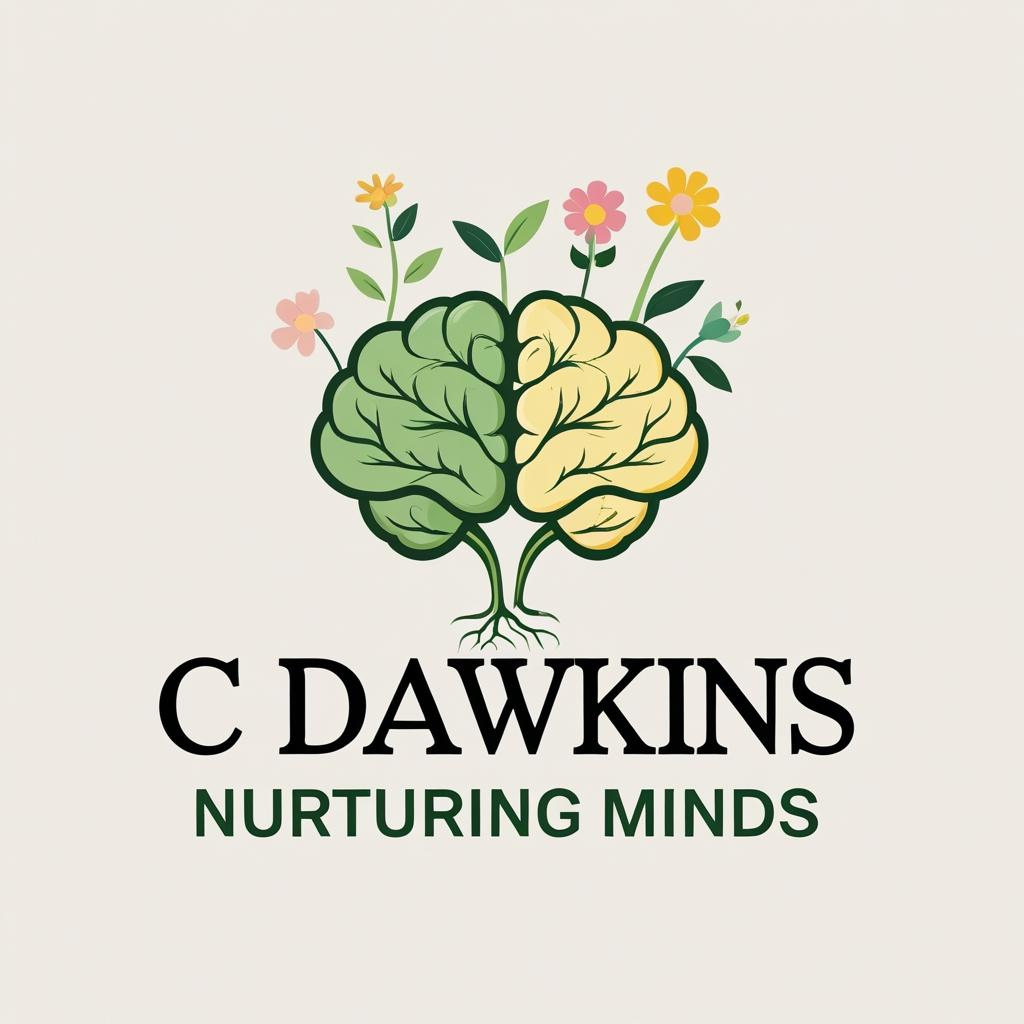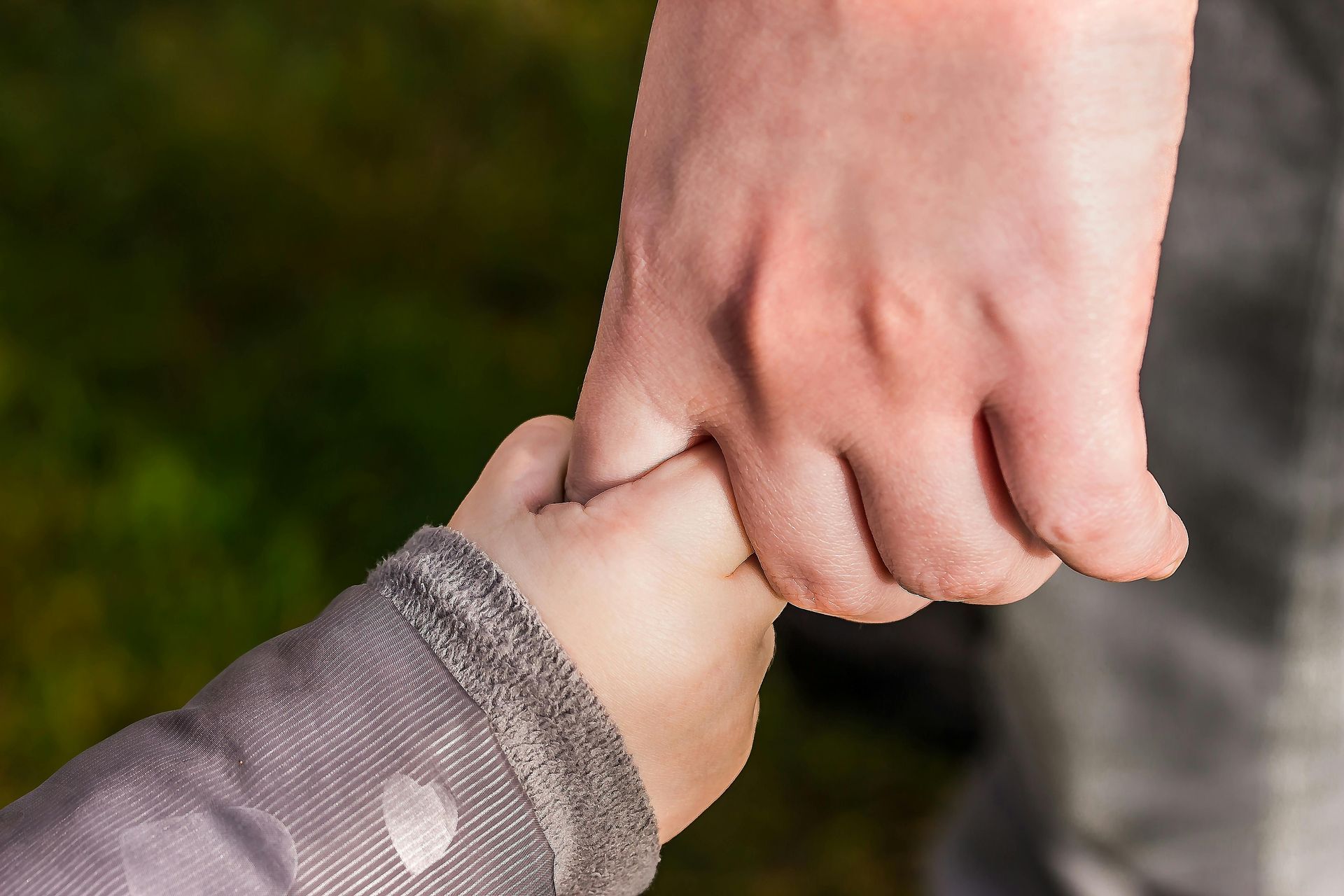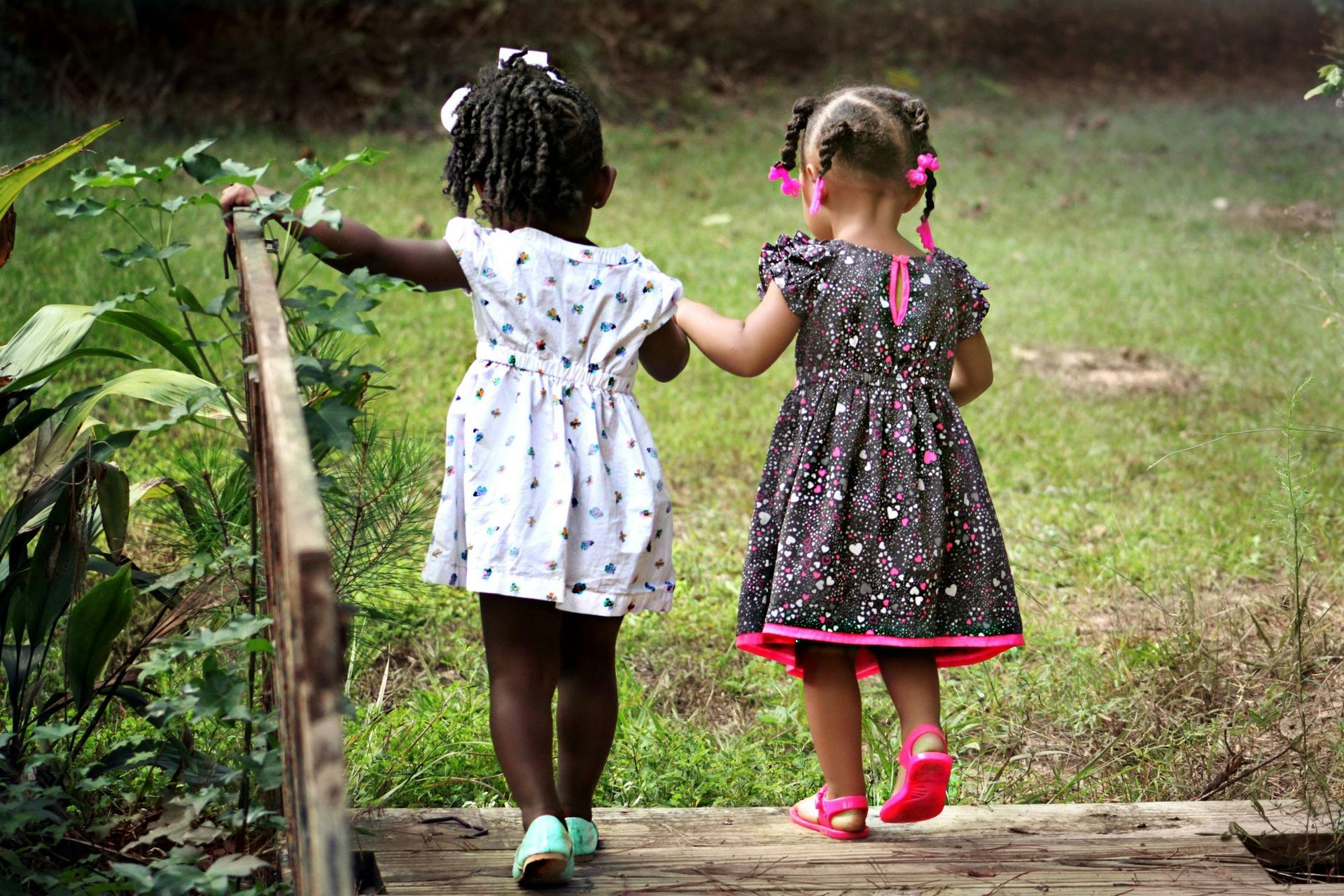Self-Regulation — The Power of Calm Borrowed Through Connection
Written by: Charisse Dawkins, LCSW, ECMH-E®
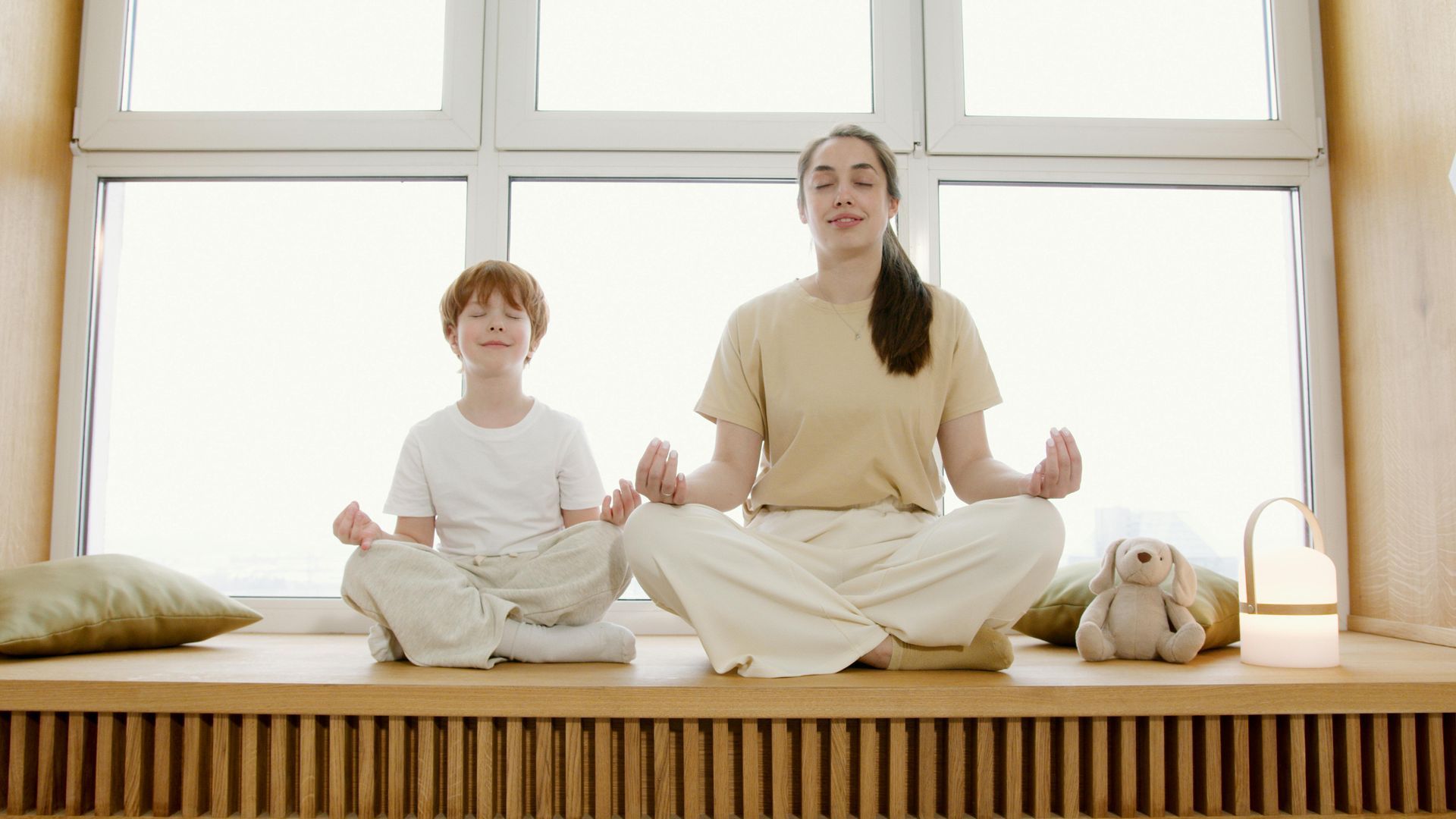
“You have a big job to do. You already carry the wisdom. Let’s help you remember it.”
Resilience doesn’t mean never losing control. It means learning how to find calm again—with support. Children don’t enter the world knowing how to soothe themselves. They learn through and from us. Before children self-regulate, they co-regulate. They borrow the steady rhythm of a calm adult nervous system until their own matures.
Regulation Begins in the Body
A tantrum, meltdown, or anxious freeze isn’t defiance—it’s a nervous system signaling “too much.” Tiny bodies hold big emotions. The heart races. The stomach tightens. The brain floods.
When we respond with safety—steady voice, soft eyes, slower breathing—their bodies take cues from ours. Every calm exhale we share whispers: You’re safe. You can come back to yourself.
What Co-Regulation Looks Like
- Getting to eye level instead of towering overhead
- Naming the feeling (“You’re mad it broke”)
- Offering warmth before words of correction
- Using your own breath as the rhythm of safety (taking deep breaths yourself)
Over time, these small interactions wire the brain toward self-control and trust. Children internalize your presence until they can recall it in stressful moments. That’s the seed of self-regulation.
The Myth of “Calm Yourself”
Adults often tell children, “Calm down!” yet few adults were ever taught how to do that themselves. Regulation skills don’t grow from reprimands—they grow from relationship. If you notice your own frustration rising when a child melts down, that’s not failure. That’s information. It’s your nervous system asking for care too.
Pause. Breathe. Regulate yourself first; then help the child borrow your calm.
Resilience Through Emotional Flexibility
Self-regulation is more than quiet behavior. It’s emotional agility—the ability to move through feelings without shame. Children who can ride waves of sadness, anger, or disappointment develop confidence: “I can handle hard things.” And adults who model this teach by example.
Reflection for the Adults Who Co-Regulate
Ask yourself:
- What helps my body settle when I feel overwhelmed?
- Who taught me calm?
- Where can I practice gentleness with myself?
You are your child’s emotional blueprint. When you care for your own regulation, you strengthen theirs.
Calm Is Contagious
In the C Dawkins Nurturing Minds framework, self-regulation grows from connection—the middle branch that links initiation and healthy relationships. It’s the bridge between trying and belonging. Every shared breath, every empathic pause, every repair after chaos builds the neural pathways of resilience. Children borrow calm until they can create it. That’s not weakness—it’s wisdom.
You have a big job to do. You already carry the wisdom. Let’s help you remember it.
Reflection Prompt:
Notice one moment today when a child’s big feelings meet your own. What helps you return to calm before helping them do the same?
